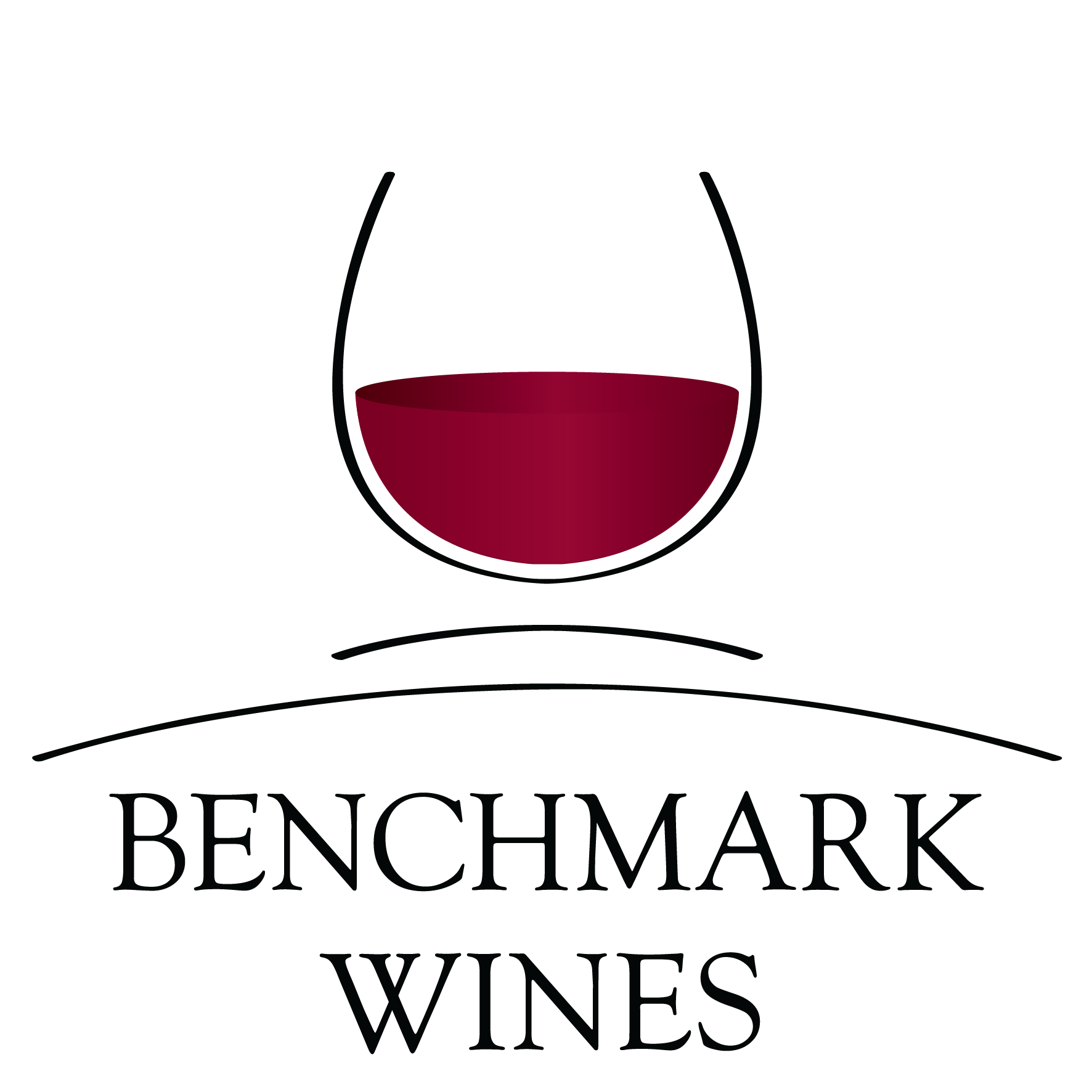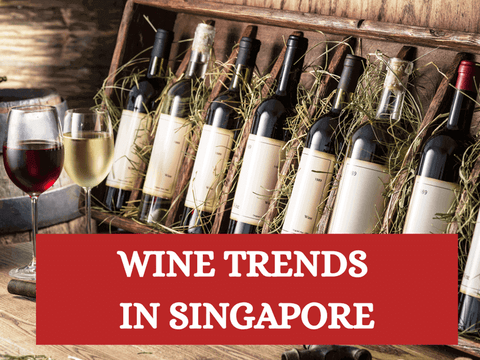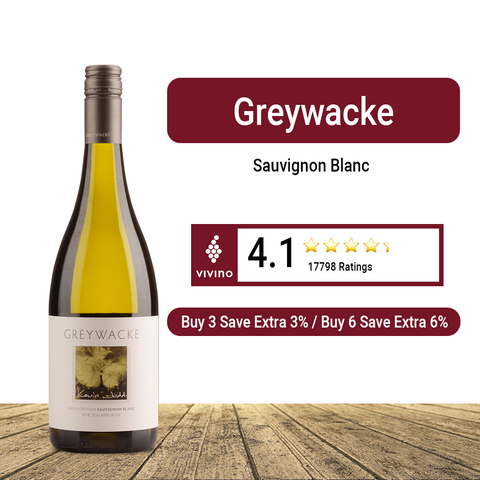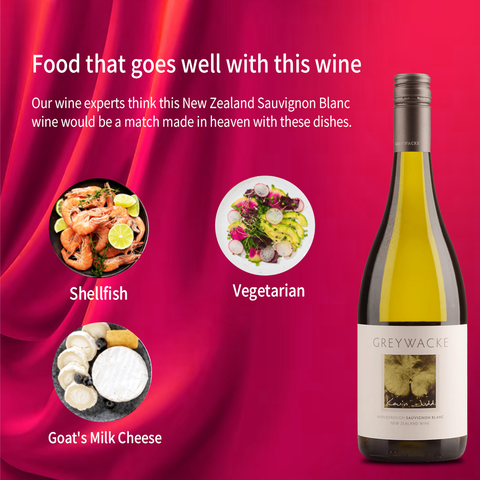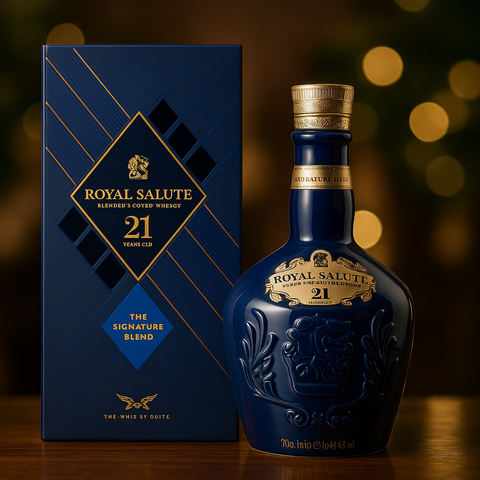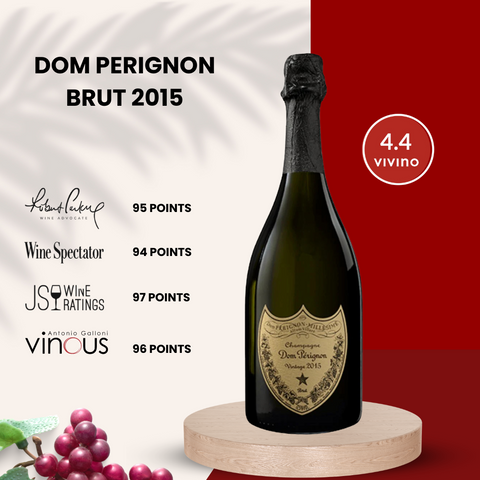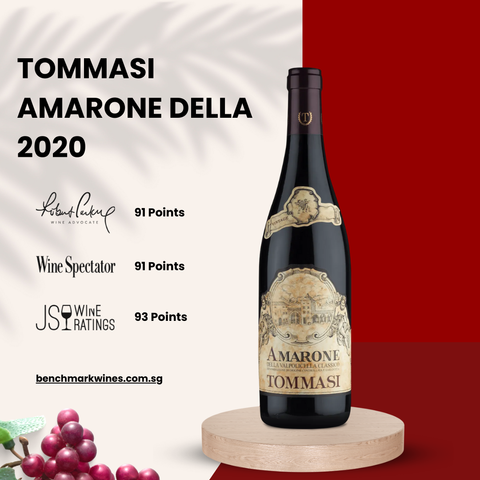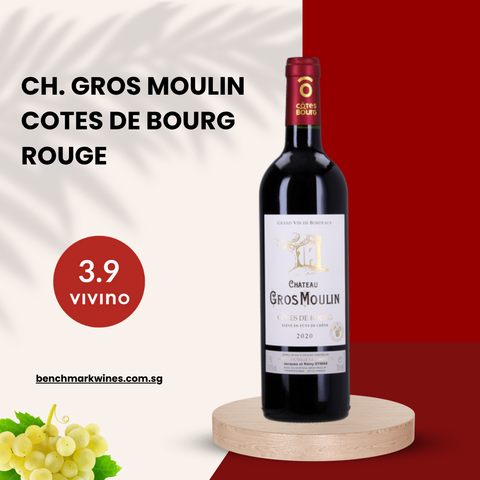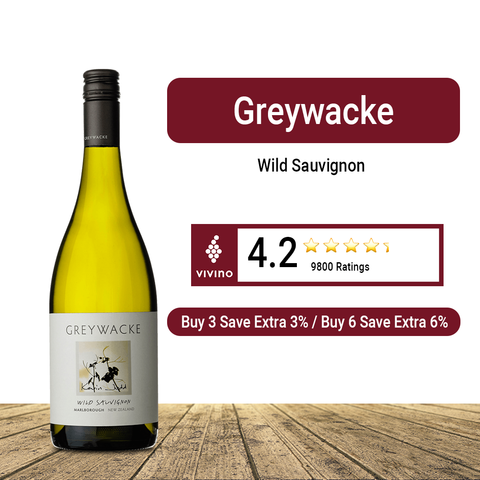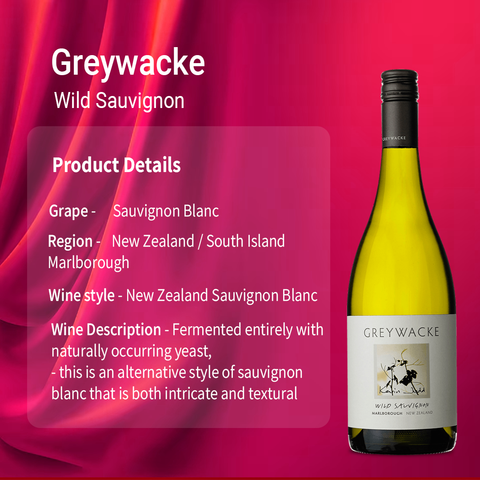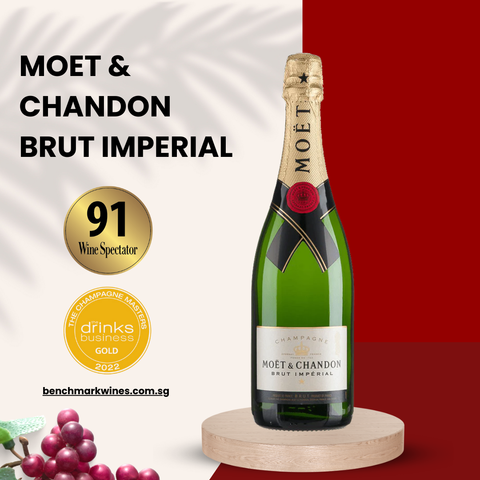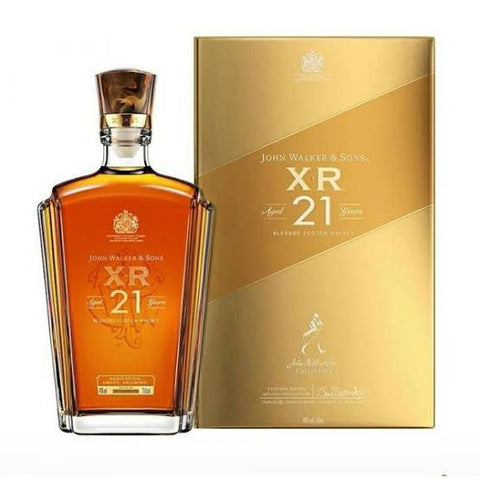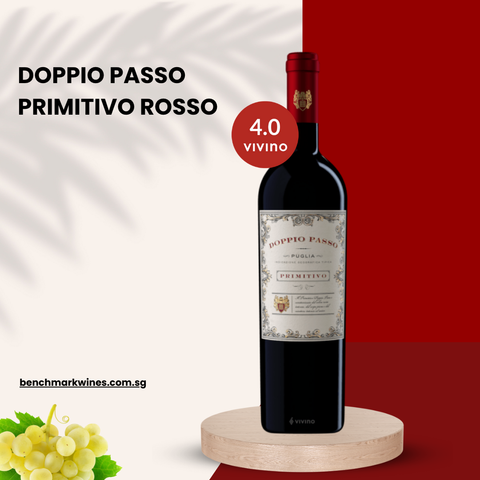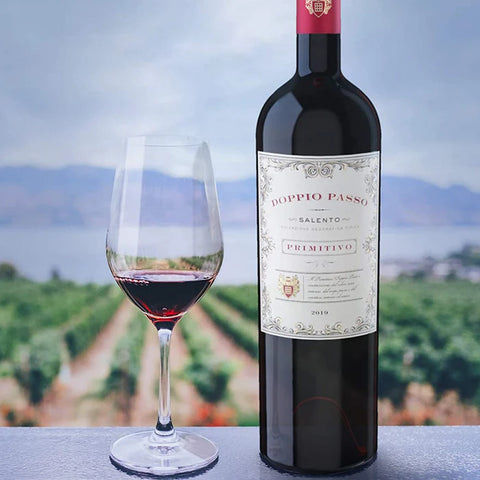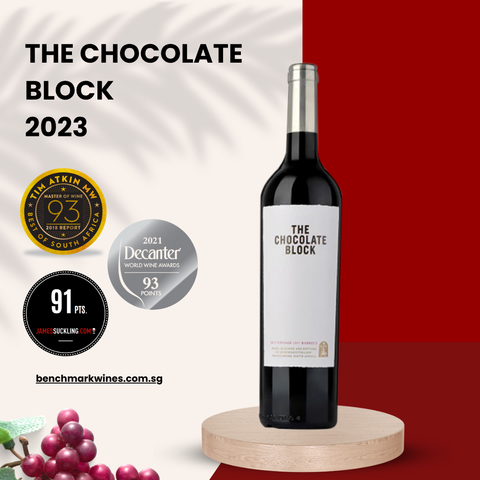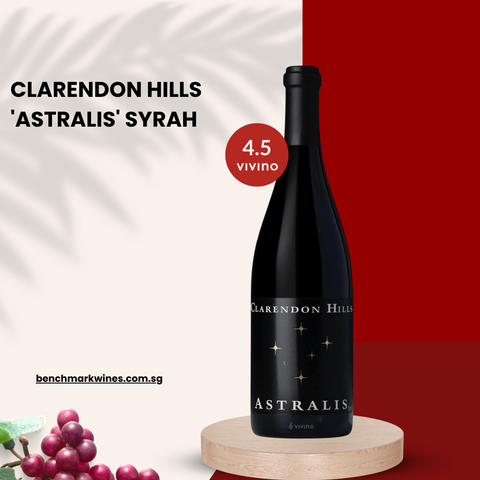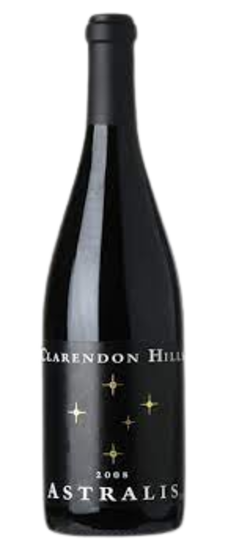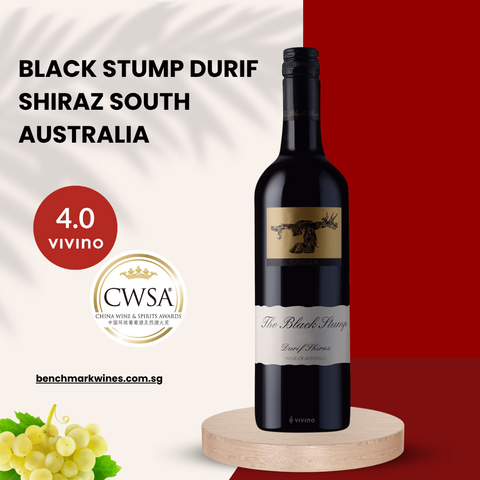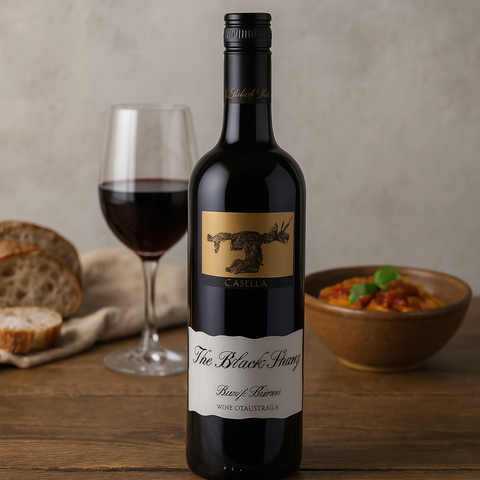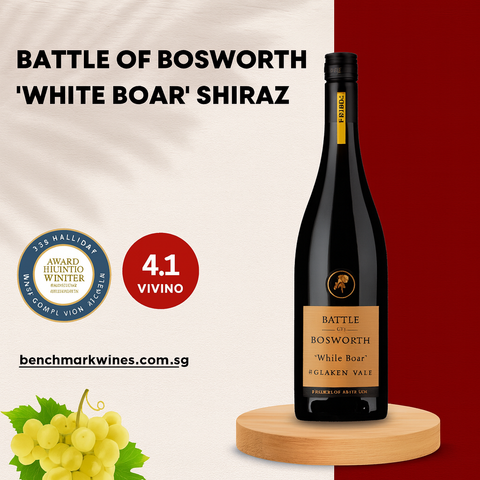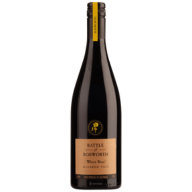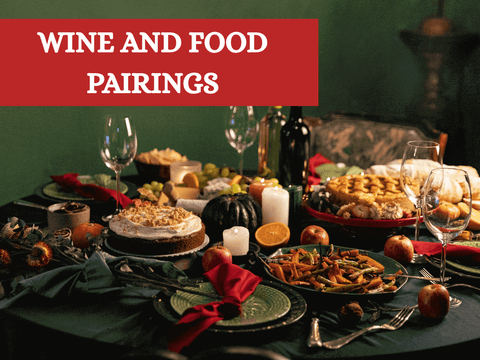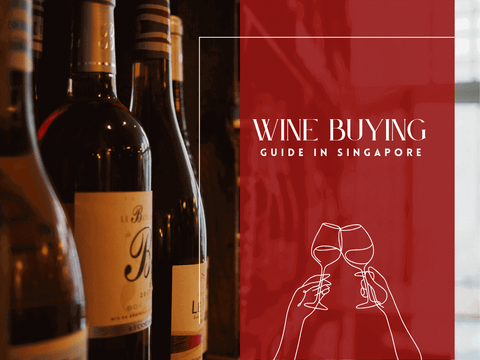The wine trends in Singapore showcase a sophisticated local market experiencing remarkable transformation. Singapore's wine landscape reflects the city-state's growing affluence, evolving consumer preferences, and increasing wine education initiatives. Understanding these emerging patterns is essential for wine enthusiasts and industry professionals navigating Southeast Asia's most dynamic wine market.
Singapore's wine consumers are demonstrating increasingly refined palates, with clear preferences for premium experiences and quality over quantity. The local market trends reveal distinct patterns that differ from global wine movements, making Singapore a unique case study in Asian wine consumption.
Market Growth and Economic Outlook
Singapore's wine market is experiencing remarkable expansion, with multiple research firms projecting substantial growth through 2030. According to Inkwood Research, the Singapore wine market is growing at a CAGR of 5.77% and is expected to reach $947.23 million, during the forecast period 2023-2030. Additionally, Strategy& forecasts indicate that the wine market in Singapore is poised to grow by USD 231.1 million during 2024-2029, progressing at a CAGR of 4.9% during the forecast period.

Consumer Preferences and Shifting Tastes in Singapore Wine Trends 2025
Red Wine Evolution: From Shiraz to Amarone
One of the most significant wine trends in Singapore involves the dramatic shift in red wine preferences. Based on industry observations and retailer feedback, Singapore consumers are increasingly moving away from traditional Shiraz selections toward the more complex and sophisticated Amarone wines.
Reasons behind the Shiraz to Amarone transition:
-
Flavor Complexity: Amarone offers greater depth and complexity compared to conventional Shiraz
-
Food Pairing Versatility: Better compatibility with Singapore's diverse culinary landscape
-
Premium Positioning: Amarone's higher price point appeals to status-conscious consumers
-
Unique Production Methods: The appassimento process creates distinctive flavor profiles that intrigue sophisticated palates
Red Wine Evolution: Bold and Complex Selections
Singapore wine consumers are demonstrating a clear preference for bold, full-bodied red wines over medium-bodied alternatives. This trend reflects the market's evolution toward premium experiences and sophisticated flavor profiles. While classic varietals like Cabernet Sauvignon and Pinot Noir.
Red wine trends include:
-
Increased appreciation for Burgundy and Pinot Noir
-
Growing interest in Italian varietals and Super Tuscans
-
Preference for wines with aging potential
-
Demand for food-friendly wines suitable for Asian cuisine
Rosé Wine Increase: Market Revival
Singapore's rosé wine market is experiencing a notable increase, marking a significant revival in consumer interest. This positive trend represents a renewed appreciation for rosé wines among Singaporean consumers.
Contributing factors to rosé wine increase:
-
Growing appreciation for rosé as a sophisticated wine category
-
Improved food pairing options with refined Singaporean cuisine
-
Year-round consumption patterns adapting to tropical climate
-
Premium rosé offerings from renowned producers gaining market acceptance
Market performance indicators:
-
Increased availability of premium rosé selections in restaurants
-
Growing presence of rosé in wine-tasting events
-
Enhanced consumer education about rosé wine varieties
-
Seasonal and year-round rosé consumption patterns
Riesling Wine Popularity: Growing Consumer Appreciation
Riesling wines are experiencing remarkable popularity in Singapore's wine market. This growing appreciation stems from several compelling factors that align with local preferences and climate considerations.
Riesling popularity drivers:
-
Climate Compatibility: Riesling's crisp acidity complements Singapore's tropical climate
-
Food Pairing Excellence: Perfect match with spicy and aromatic Asian dishes
-
Versatility Range: From bone-dry to dessert styles accommodating diverse preferences
-
Value Proposition: Premium quality at accessible price points
Market indicators of Riesling's popularity:
-
Increased restaurant wine list inclusion
-
A growing variety of Riesling producers is available
-
Enhanced consumer knowledge about Riesling styles
-
Positive reception at wine-tasting events
Emerging Wine Styles and Innovations
Natural and Low-Intervention Wines
The natural wine movement represents one of the most significant wine trends for 2025, with consumers increasingly seeking authentic, minimally processed wines. This trend reflects growing environmental consciousness and a desire for transparency in production methods.
Global market research indicates that the size of the organic wine market will see a compound annual growth rate of 10.3% between 2024 and 2030, with Europe generating the largest revenue. Singapore is following this global trend with increased demand for natural and organic wines.
Key characteristics driving natural wine popularity:
-
Minimal sulfite usage appeals to health-conscious consumers
-
Unique flavor profiles create distinctive tasting experiences
-
Sustainable production methods aligning with environmental values
-
Artisanal production stories resonating with authentic product seekers
No- and Low-Alcohol Wines
Health-conscious consumption patterns are driving unprecedented demand for no- and low-alcohol wines in Singapore. This segment represents one of the fastest-growing categories within the wine market.
Growth factors:
-
Government health initiatives promoting responsible drinking
-
Fitness and wellness lifestyle trends
-
Social drinking occasions requiring clear-headed participation
-
Technology improvements in alcohol reduction processes
Singapore Wine Trends 2025: Industry Implications
The evolving wine trends present significant opportunities for industry stakeholders. Retailers, distributors, and restaurants must adapt to changing consumer preferences while capitalizing on market growth potential.
Retail Adaptation Strategies
Key retail developments:
-
Expansion of premium wine sections in major retailers
-
Enhanced wine storage and temperature control systems
-
Specialized wine boutiques focusing on curated selections
-
Integration of educational components in retail experiences
Restaurant and Hospitality Trends
Industry adaptations:
-
Expanded wine lists featuring diverse regional selections
-
Sommelier programs enhance customer experiences
-
Wine pairing menus highlighting local cuisine compatibility
-
Investment in proper wine storage and service equipment
Premium Wine Market Analysis
The premiumization trend is evident in market forecasts, with IWSR forecasts predicting growth only in premium-and-above price tiers between 2025 and 2027. This global trend is particularly pronounced in Singapore's affluent market.
Impact on Retailers and Producers
The premiumization trend is reshaping Singapore's wine retail landscape:
Retail adaptation strategies:
-
Specialized premium wine sections in major retailers
-
Enhanced wine storage facilities maintaining optimal conditions
-
Sommelier-led customer education programs
-
Exclusive wine club memberships and tasting events
Producer responses:
-
Increased focus on limited-edition and single-vineyard wines
-
Enhanced packaging and presentation for premium positioning
-
Direct-to-consumer sales channel development
-
Collaboration with local restaurants for exclusive offerings
Final Thoughts
The wine trends in Singapore reveal a sophisticated market transformation driven by economic prosperity, evolving consumer preferences, and educational initiatives. From the shift toward bold red wines and Amarone appreciation to the increase in rosé wine popularity and growing Riesling appreciation, Singapore's wine landscape reflects both global influences and distinctly local tastes.
The market's projected growth to $947.23 million by 2030 demonstrates Singapore's position as Southeast Asia's premier wine destination. As consumers continue embracing premiumization, natural wines, and educational experiences, the industry must adapt to serve increasingly sophisticated palates while maintaining accessibility and cultural relevance.
Understanding these trends provides valuable insights for wine enthusiasts exploring new territories and industry professionals seeking to capitalize on Singapore's dynamic wine market evolution. The future of Singapore's wine culture promises continued innovation, premium experiences, and a deeper appreciation for wine's role in the city-state's vibrant culinary landscape.
